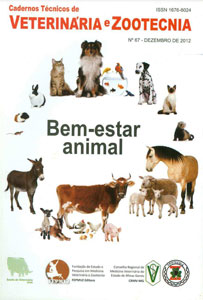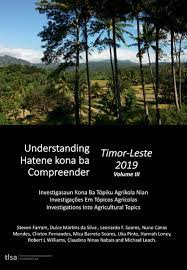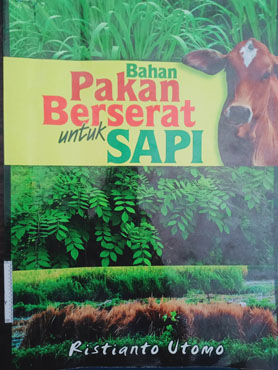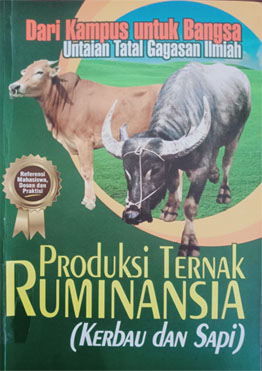NUTRITION OF GRAZING RUMINANTS IN WARM CLIMATES
Login
loginThis is the seventh in a series of books on animal feeding and nutrition. These seven books, and others to follow in this series, are designed to keep the reader abreast of the rapid developments in animal feeding and nutrition that have occurred in recent years. This new technology has resulted in many changes in domestic animal diets and in more supple mentation with minerals, vitamins, amino acids, nonprotein nitrogen compounds, and proper feed additives. Moreover, new developments improve feed processing and preservation methods, and provide for bet ter use of by-product feeds and improved stability and availability of nutrients.
Farmers are also developing animals that produce and reproduce at an increasingly higher rate, which increases nutrient needs. Moreover, in creasing attention is being given to consumer needs and desires, which means animal production programs are changing to produce carcasses that are leaner and have less fat and other animal products with better eating and keeping quality. Since feed constitutes the major share of animal production costs, proper feeding and nutrition become increas
ingly important as farmers strive to become more efficient. One objective of the books in this series is, therefore, to collate and interpret the vast and complex literature for specific animal production programs.
The author of this book, Dr. Lee R. McDowell, has been working in Latin America, Africa, and Asia with hundreds of other collaborating animal scientists for the last 20 years. His interests have included devel
oping feed analysis techniques for tropical and subtropical feeds, feed composition tables, and mineral and nutrient supplementation programs and locating mineral and other nutrient-deficient areas and mapping them.
This book thus will be especially important to researchers and practitioners in Latin America, Africa, Asia, Australia, and other warm-climate areas of the world. But its contents, well illustrated with photographs and tables, will have application throughout all ruminant grazing areas of the world. Many scientists and others think there is a need to double the world's animal protein food production in the next 15-20 years as a means of improving the protein quality of the world's human diet. This is a critical need, since well over one billion people suffer from chronic malnutrition, with over one-half of them being children under 5 years of age. In addition, every 2|-3 years, the world's population increases by 200-250 million people, which is the equivalent of another United States to feed. The developing countries of the world already have two-thirds of the world's animals but produce only one-fifth of the world's meat, milk, and eggs.
This indicates the need to improve their animal production efficiency,
which this book is designed to help accomplish. It will be very useful to
researchers, students, teachers, farmers, extension specialists, feed man
ufacturers, and all others in the United States and abroad who are con
cerned with the feeding, nutrition, and production of ruminant animals
under grazing conditions and who are directly or indirectly involved with
the world's food problems.











